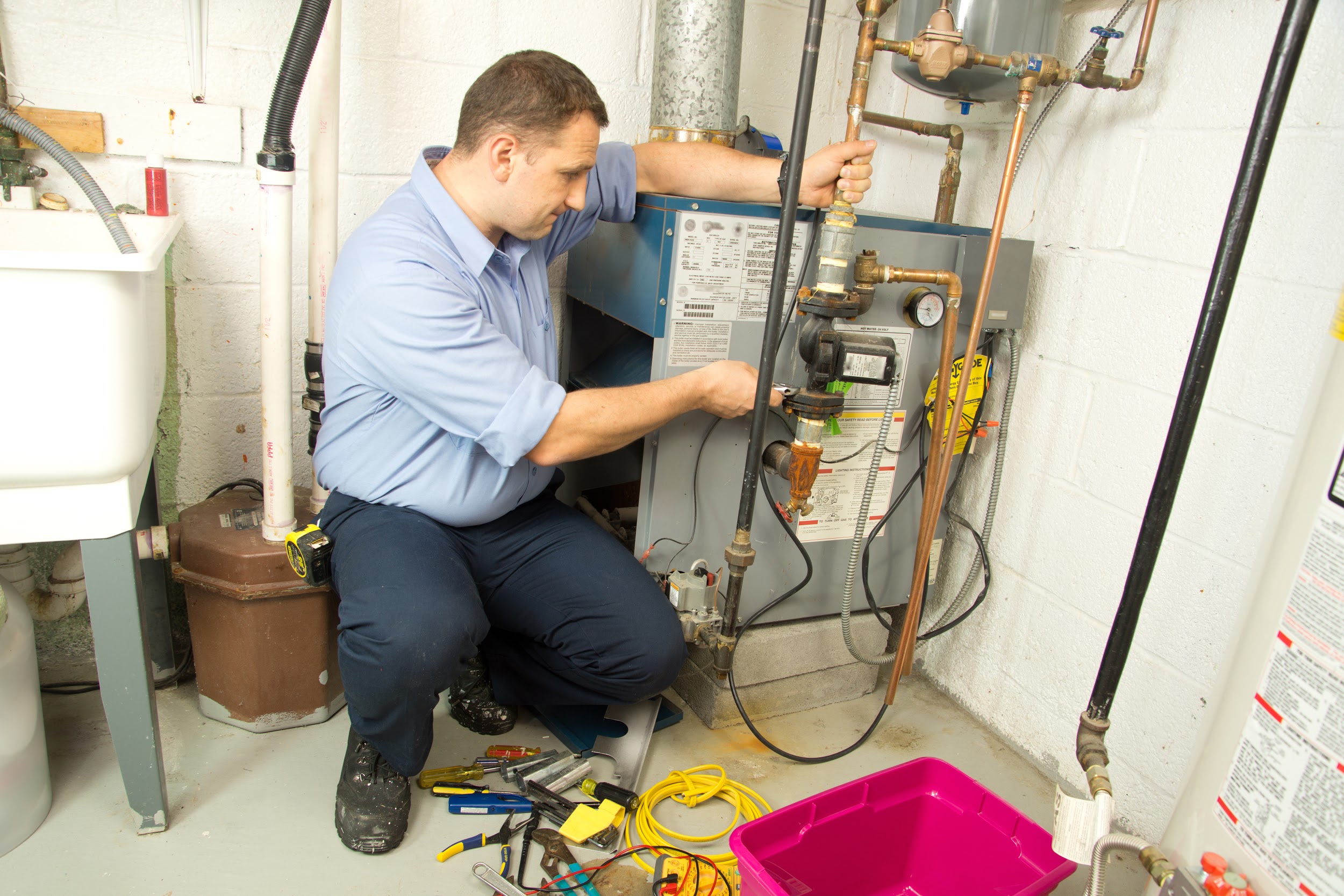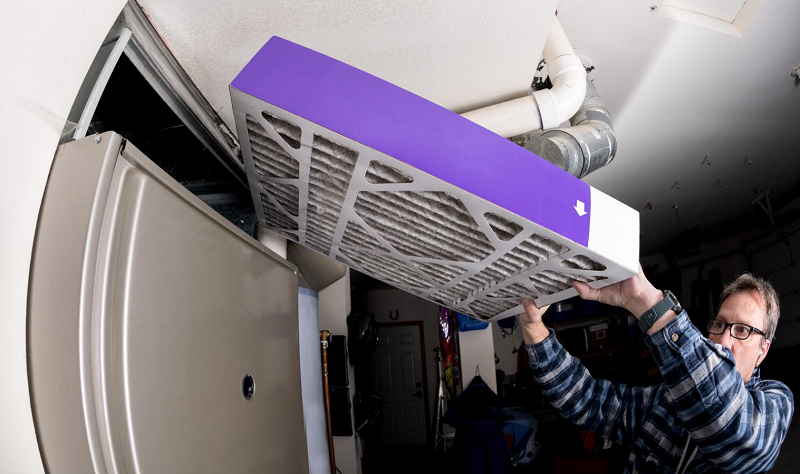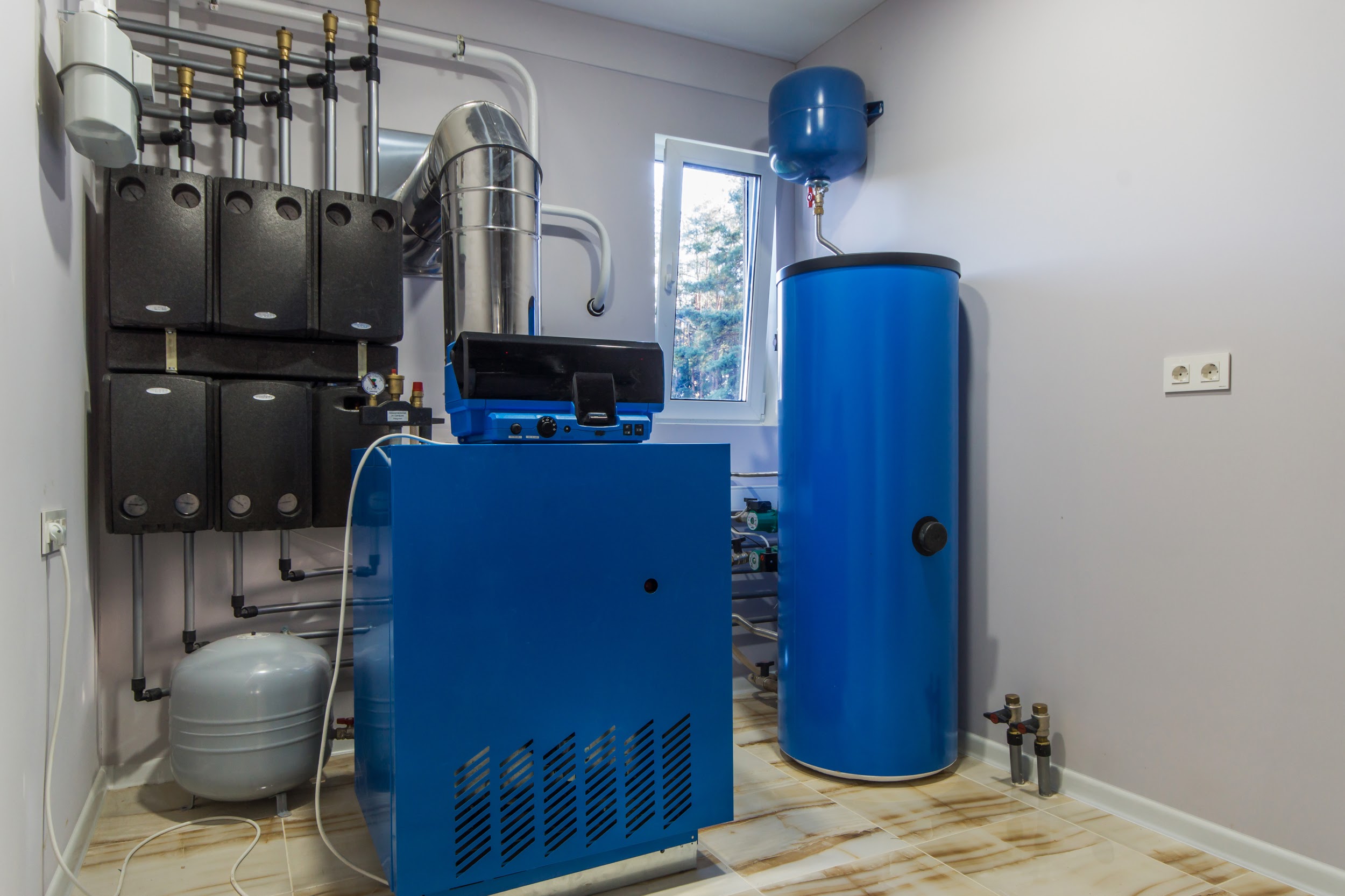8 of the Most Common Furnace Problems and What They Mean
As we move into the winter months and colder weather, it means people will be running their furnaces to heat their homes. To keep your furnace running smoothly all season long, it is a great idea to contact your local furnace repair service and schedule furnace maintenance. Doing so now can help you avoid these common furnace problems later.

1. The furnace turns on, shuts off after a few minutes, and then repeats this cycle.
Furnaces have built-in sensors to ensure they are operating correctly. One of these sensors monitors how hot the furnace is. When it gets too hot, the sensor shuts it off. If your furnace is cycling on, runs for a few minutes, then shuts off, only to repeat the cycle over and over without ever heating your home, there is something wrong with the furnace.
Overheating can occur for various reasons. One reason you can easily check is your furnace filter. When your furnace is not getting sufficient airflow, it will overheat. If your air filter is dirty, change it and see if this fixes the problem. If not, call your furnace repair technician.
2. There is no warm air coming out of the air vents.
Another common furnace problem is when there is no warm air. There are several things you can check before calling for furnace repair service. First, check to make sure the heat is turned on at the thermostat. If the thermostat was not changed from cooling to heating, your air conditioner may still run during the day.
If the thermostat is set to heat, the next thing to check is to see if the fan is turned on. If the fan is turned on and running, it will blow cool air out the air vents, even when the furnace is not cycling.
Next, check the air filter. If it is clogged and airflow is restricted, it can seem like no warm air is coming out of the vents. Replace the air filter to see if this fixes the problem.

If you have a gas furnace, verify the pilot light is lit. If the pilot is not lit, the furnace won’t run. After lighting the pilot light, confirm it stays lit and does not go out. If it does, then there is something wrong with the pilot light that needs to be fixed.
If you have an electric furnace and have tried everything else, your heating coils may need to be cleaned or replaced. This is a job best left to your furnace repair technician.
3. You notice a burning smell from the furnace.
A burning smell from the furnace is normal at the start of the heating season. The first time you turn on the furnace, you may notice this smell. The furnace is burning off the dust that has gotten inside the system and air vents. The smell should dissipate and go away in about two to three heating cycles.
If the smell does not go away, or you notice a strong natural gas smell around the furnace or coming through the air vents, shut the furnace off. Open up windows to let in some fresh air. Call for furnace repair service ASAP.
4. You notice the furnace is leaking water.
If you have a furnace that is connected to your hot water heater or a newer model with energy-efficient features, you could experience this common furnace problem. One cause for the furnace leaking water is there are leaks in the pipes connected from the hot water heater to the furnace.
If you have a condensation unit on your furnace, you may notice water leaks too. The pipes can get clogged or develop leaks at pipe connections and other such areas. To pinpoint the leak and problem, it is best to call your furnace repair company.
5. Your furnace seems louder than it used to be.
Furnaces make noise when they run. You will hear the sound of the blower motor as it blows the warm air throughout your home. You will hear the sound of the furnace unit running. On gas models, there can be a whooshing sound when the unit first turns on and the gas is set on fire.
Other sounds to listen for include clanging, banging, rattling, and knocking noises. These can indicate something is wrong with the furnace and the moving parts and components inside. If you suspect something is wrong, shut off the furnace and call for repair service. DO NOT keep running the furnace, as you could make the problem worse.
6. There is no power to the thermostat or furnace.
The thermostat and furnace both require electricity, even if they are gas furnaces. If your power is out due to an outage, then your furnace will not work. If you notice you have power elsewhere in the home, then you will want to check your breaker box. There is a high probability that the circuit breaker blew.
Reset the breaker and see if that fixes the problem. If the furnace turns on but the breaker blows again, something is wrong. A wire could be exposed or there could be a faulty connection somewhere in the wiring. You will want to call for furnace repair service to have the problem pinpointed and resolved.
7. The carbon monoxide monitor goes off each time the furnace runs.
This type of furnace problem should be taken seriously. If your monitor is being set off, that means there is too much carbon monoxide in the home. Shut the furnace down, call your furnace repair technician, and open up some windows to air the carbon monoxide out of the home.
8. The furnace turns on and won’t shut off until you turn it off.
Another common furnace problem occurs when the furnace turns on but won’t cycle correctly and shut off. If the furnace has to be manually turned off at the thermostat or by resetting the breaker, something is wrong with it.
One possible cause is there is something wrong with the wiring between the thermostat and the furnace. The thermostat might be attempting to send the end of the cycle signal to the furnace, yet, if there is a broken wire, the signal may never reach the furnace. Regardless of the cause, this is one problem best left to your furnace repair technician.
Signs Your Furnace Needs to Be Replaced
Aside from the common furnace problems we covered, there are other things that can go wrong with your furnace. These things often indicate it is time to replace your furnace with a new model.
● Your heating bills keep increasing.
If you notice the costs to heat your home have increased, and it has not been extremely cold, this could mean your furnace is not working properly and is using more energy to heat your home.
● Your furnace is more than 10 years old.
The life expectancy of your furnace can vary from about 15 to 20 years. However, after 10 years of service, you need to start planning for a new furnace. Older furnaces are no longer energy-efficient and can start to cost too much to maintain.
● Your furnace keeps breaking and needs frequent repairs.

If you have to call your furnace repair technician every month or more often during the fall and winter for furnace problems, it is time for a new furnace. The costs to repair your furnace will end up costing you more in the long run rather than getting a new furnace now.
● Your home doesn’t seem warm at your preferred thermostat setting.
If you have to turn up the thermostat to feel comfortable, it often indicates the furnace is not working properly. If the furnace is older, it could be on its last legs and ready for replacement.
As you can see, common furnace problems could indicate your furnace needs to be repaired in some cases. In others, it may need to be replaced with a new furnace.
For furnace repair service and furnace replacement service in San Antonio, Austin Metro, Temple, and New Braunfels, please feel free to contact Christianson Air Conditioning and Plumbing at 512-246-5400 today!



Sorry, comments for this entry are closed at this time.